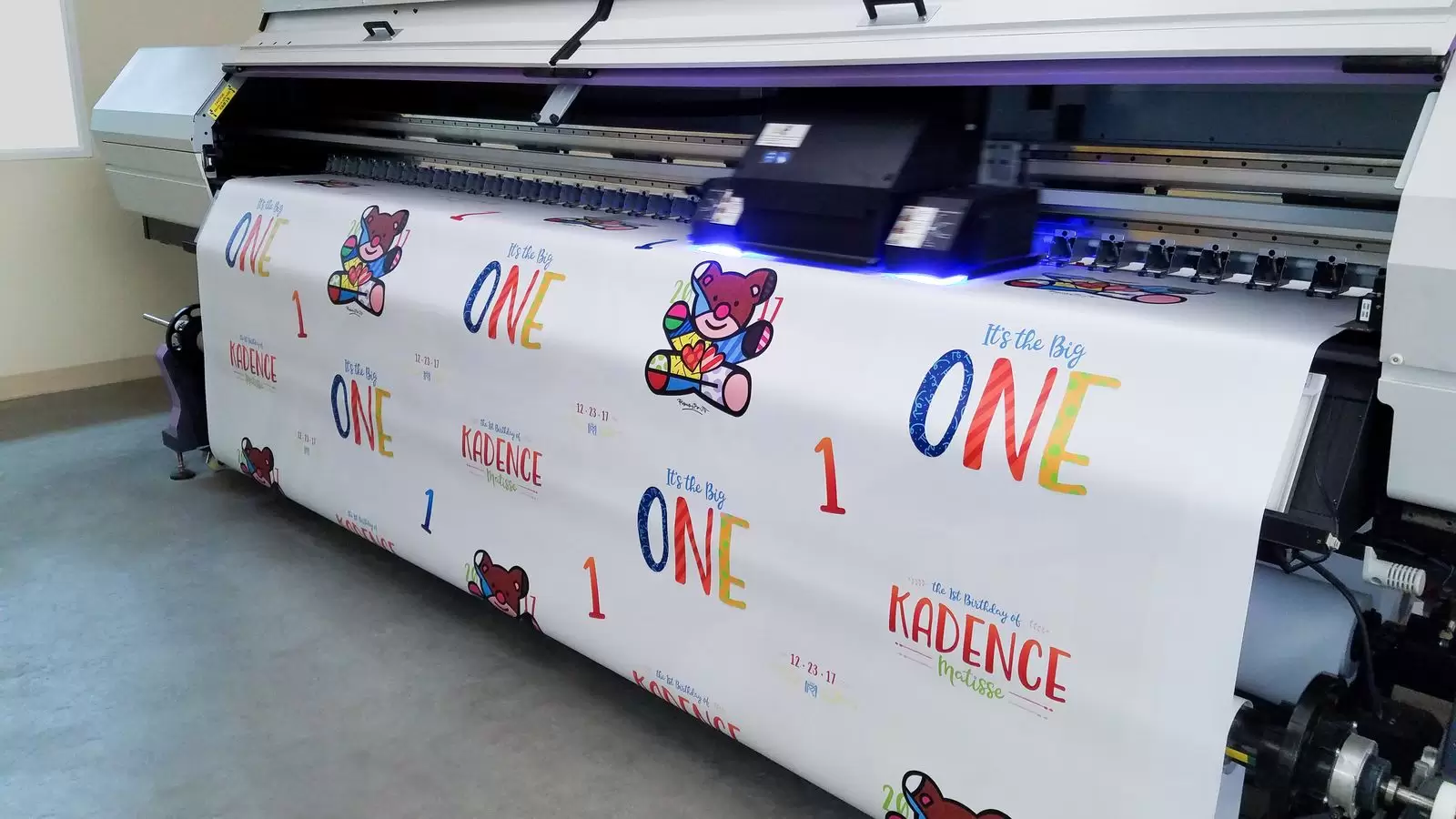Fundraisers organize and manage events or campaigns to raise money for a cause or organization. They may also design promotional materials and increase awareness of the nonprofit’s work, goals and financial needs.
Clarity is essential in fundraising. Write a fundraising letter that shows readers how their donations will make an impact on the charity’s immediate concerns.
Marketing
Many fundraisers spend time and money planning an event, but it’s important that the effort is properly marketed to attract the right audience and drive attendance. Having a well-rounded marketing plan will also help ensure that the event runs smoothly on the day of the fundraiser.
Marketers are responsible for developing messaging that is consistent with, or not in conflict with, the messages an organization communicates with other types of stakeholders – including donors. Fundraisers often work closely with marketers to make sure that fundraising goals aren’t in conflict with or inconsistent with the other kinds of marketing goals an organization sets.
Reaching out to existing donors and contacts is a crucial part of marketing an event. Emailing a list with details about the event can create anticipation and encourage participation, and sending intermittent reminders can help people remember to register and attend the event. Including sponsorship logos in these communications can also boost publicity.
Event Planning
Organizing an event is labor-intensive and requires detailed planning. A fundraising event might include an auction, dinner, dance, fair or other special occasion that raises awareness or attracts donors.
Event-based fundraisers are a great way to bring supporters face-to-face with an organization, which fosters trust and increases commitment. They also provide a sense of competition among friends and family, which can drive donations. For example, a walk-a-thon or race may draw participation from dozens of participants who ask their friends and family to sponsor their efforts online and offline.
The event planner is responsible for choosing the right theme, venue and vendors for an event. He or she must develop a detailed budget and coordinate with internal and external staff and volunteers to execute the plan. Documenting processes and procedures, saving templates for forms, outreach emails, marketing collateral, invitations and more is a valuable way to save time when planning future events. This ensures that new committee members and volunteers do not have to reinvent the wheel.
Fundraising Letters
Fundraising letters are sent to raise donations or sign up volunteers and sponsors. Some organizations also send them to thank donors for their contribution or to provide campaign updates.
A good fundraising letter is one that tells a story and moves the reader to action. It is best to use stories that highlight the beneficiaries of your organization. The audience can then connect with them on an emotional level. It is common for animal shelters to use pictures of cute animals with pleading eyes to evoke empathy.
It is a good idea to keep the letter simple and easy to read. Avoid foreign phrases and a lot of information. The more cluttered the letter, the less likely it is to generate a response. If you need to include a lot of information, it is best to provide a link where the donor can get more details. It is also best to write from only one person so that the tone of voice is consistent.
Donations
Fundraising involves a lot of different things, but ultimately it’s about acquiring and maintaining donors. Whether that’s finding new ones, or making sure existing ones aren’t over-bombarded with requests or under-served so they become dissatisfied with your organization and drop out.
Providing recurring donations is one way to make it easier for your supporters to contribute. It’s also good for your nonprofit because it gives you a steady stream of revenue rather than having to fundraise as much.
Another great fundraising idea is a charity auction that allows your supporters to bid on items and experiences like a mountain bike ride or a vacation package. To make your event fundraiser stand out, use a branded donation page that matches your organization’s style and features shareable social media posts and graphics to spread the word about it. Then use an event management tool like Qgiv to collect payments and guest data. This will allow you to screen your event attendees ahead of time and identify potential major donors to approach for a larger donation.

